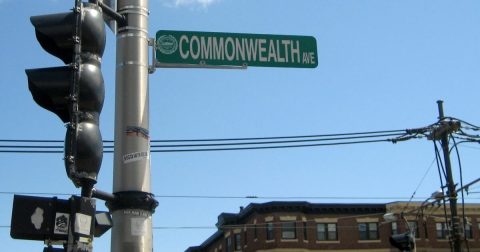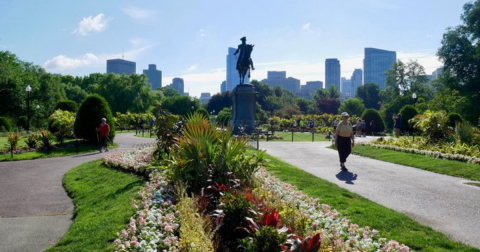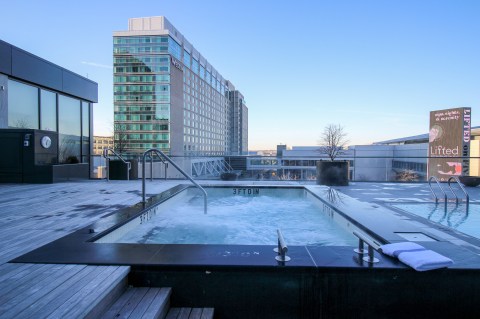These Incredible Places Around Boston Were Once Part Of The Underground Railroad
The necessary secrecy surrounding the Underground Railroad means that many of its way stations may never be known. In 1997, Congress authorized the U.S. National Park Service to locate and preserve sites linked to the Underground Railroad. Many escaped slaves made their homes in Boston, while others passed through on their way to Canada. The 1850 Fugitive Slave Act meant that even slaves who had made it this far could be captured and forced back into slavery, but that didn’t stop Bostonians from working hard to help those who needed it escape to freedom. Here are some of the places in and around Boston that served as way stations for the Underground Railroad:

Lewis Hayden paid for a carriage for fugitives to leave the city and participated in audacious rescues like those of Shadrach Minkins. Minkin's former slave owner sent a slave catcher to the North with an affidavit to secure his return. Minkins was arrested and, while in a courtroom, Hayden and other abolitionists rescued him, allowing Minkins to escape to Canada.

When slave catchers arrived to try to kidnap the Crafts, Bostonians helped them move from home to home to stay a step ahead of those who pursued them. One of these homes was Hayden House, and Lewis Hayden made it known that he kept gunpowder near the entrance and would gladly blow up the building rather than let the slave catchers in.
Located at 66 Phillips Street in Boston, this home is privately owned and not open to the public, but you can still see the exterior and appreciate those who risked their lives to protect fleeing individuals and honor those who bravely escaped into freedom.

Bowditch belonged to the Boston Vigilance Committee, an abolitionist group that helped transport escaped slaves via the Underground Railroad. Bowditch is known to have assisted slaves moving to another way station at the Jackson Homestead in Newton. He once used his carriage to transport an escaped slave to Concord and also helped William and Ellen Craft to the home of Ellis Gray Loring on the next step on their journey.

Inside, you'll find exhibits about the Underground Railroad and slavery in the North, along with other displays about Newton's history. The homestead is located at 527 Washington Street in Newton.
If you’d like to learn more about this part of Massachusetts’ history, venture a little further to New Bedford to see the Nathan and Mary Johnson properties, which include the first home of Frederick Douglass. Although privately owned, you can arrange for a private tour, providing you give at least 48 hours notice (call 508-979-8828 for more information). The Black Heritage Trail is another great way to learn more about Boston’s free African American community and the Abolitionist movement.
OnlyInYourState may earn compensation through affiliate links in this article. As an Amazon Associate, we earn from qualifying purchases.




